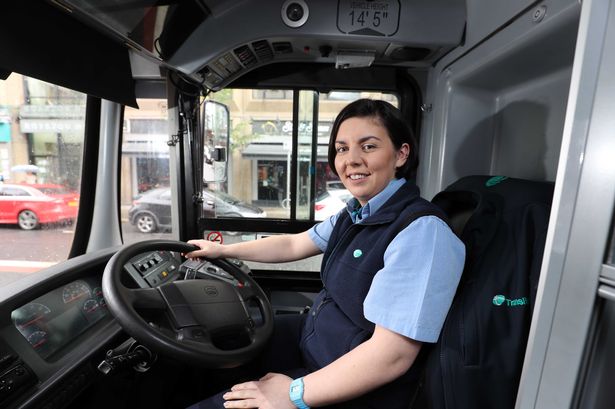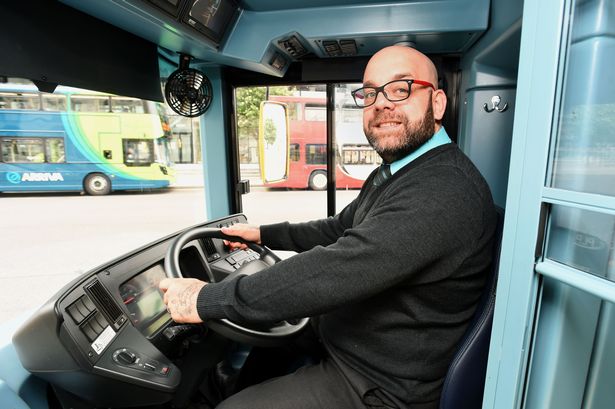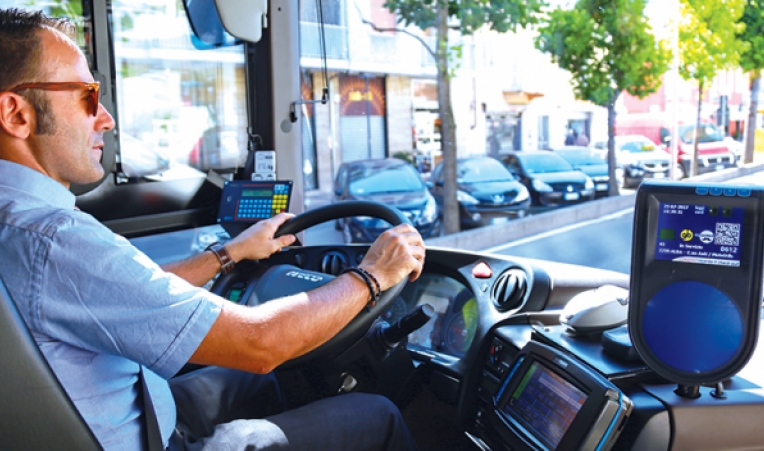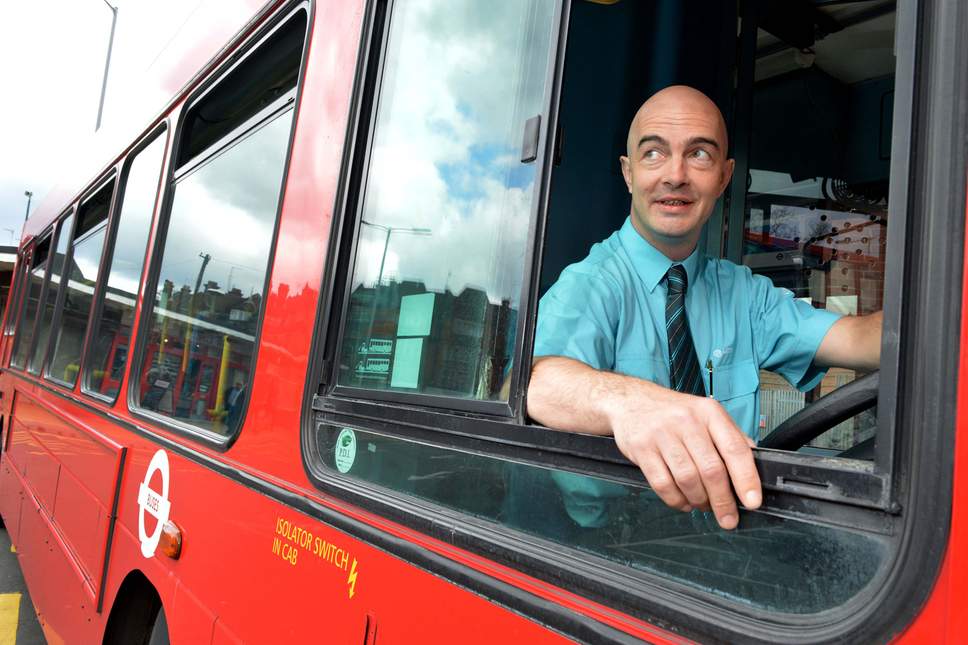Many employees whose job responsibilities are directly related to the management of motor vehicles are interested in how and how classiness differs by category of drivers this year. In addition, employers often try to find out how to assign a group to a driver and calculate it. It should be borne in mind that there are several criteria for evaluating class. In this regard, this concept may have serious differences depending on the context used.

What it is?
This is a system in accordance with which drivers are divided according to different criteria, primarily according to those that affect their skill and skill level. According to them, they can appoint an additional payment, as well as provide other mechanisms for regulating labor relations. There are currently two systems in Russia:
- Grade as an indicator of labor qualifications. In this case, the driver is assigned to any category to determine the level of professionalism and the corresponding preferential purpose.
- Class in the role of an accident-free indicator in the insurance business. Another variation of this concept is the CTP. Insurance companies record the driving experience of each client who applies for a policy. Depending on the number of insurance situations, as well as other factors, the KBM coefficient is applied, which increases or decreases the cost of services. For employers, the class of drivers by category and by the rating of insurance companies may be of importance.
In the first situation, the employer will have an accurate understanding of the driver qualification skill. Knowing the class of CBM OSAGO helps the company to reduce costs if it pays insurance to employees, or simply to understand the degree of accident-free driving of a particular employee.

Driver Class
In 2019, no changes are foreseen with respect to this division. Currently, there are plans to classify drivers into three possible categories. Each of them has special requirements, for example:
- The third may include citizens with C, B, or D. rights. Moreover, they do not provide for other requirements, besides having the ability to drive vehicles appropriate for this class and the ability to eliminate minor malfunctions without repairing mechanisms. The presence of this class does not imply any additional surcharges by employees.
- The second category of drivers is required to meet a more stringent requirement. In particular, they should have rights confirming class C, B, E, or D and E at the same time. Against this background, it is also necessary that the driver is aware of the general technical structure of his vehicle, knows how to make the required repairs within the field conditions, and also has worked for at least three years in the third grade in one particular organization.
- The first category of drivers implies the presence of these specialists the right to drive class C, B, D, E vehicles at the same time. In addition, such a class can only be assigned two years after working in the second category. It is assumed that there is a practical understanding of the principle of the functioning of transport, along with knowledge and application of methods for saving fuel and lubricants in the operation of motor vehicles in combination with the introduction and use of rationalization proposals.In addition, the required skill of repair, including deep, with the analysis of the mechanism entrusted to a vehicle in the field.

Driving experience
Previously, the driving experience had no special meaning. He could only indicate the skill of the driver. But at present, it is a rather important parameter, which is taken into account when applying for a policy. Companies that provide insurance take into account how long a person has been driving, which affects the cost of insurance services. By the way, according to available statistics, drivers who have been behind the wheel for more than four years and feel too confident are guilty of most accidents.
Assignment Procedure
The question of how you can get classiness and the procedure for assigning a class to the driver is of interest to many. Obtaining a certain category is possible only when regulatory local acts of the organization imply the application of the legislative classification mechanism at the enterprise. If there is no legal internal regulation, the driver cannot rely on the award of a certain category and he is not entitled to demand such from his employer.
If the company has a division of drivers into classes, then subject to the formal requirements, employees are entitled to submit a special application addressed to the management with a request for a certain status. To assign a class to drivers, the head must form a special assessment committee at the enterprise, checking the skills available to the employee and his general compliance with the requirements.

Following this, a decision is issued on the basis of which employers must assign a class to an employee or refuse him a level increase. An alternative methodology for assessing and assigning drivers a rating is the use of an independent qualification award center.
When employees are sent to the test by the employer themselves, as a rule, the payment for the services of this center rests directly with the employer. For the period of the analysis, employees cannot be dismissed for absenteeism and are considered exempted from professional activities while maintaining their average earnings.

Order
For employers, classiness is increased by a special commission, which management approves by order. The surcharge for classiness to drivers in this case is regulated as part of the work of this commission. For this, reference books and internal documentation are used. For example, a provision on categories can be applied, which determines what determines the level of skill of the driver.
Bus Driver Class
The initial is the third grade. It is worth noting that it is assigned on the condition that the person controls a category C, B facility or a bus.

Surcharge sizes
Employers have the right to independently establish premiums for drivers of cars and trucks as well as buses for class. Drivers who have a second or first rank can expect a surcharge. This possibility should be provided for in the employee’s employment contract with the employer or in a collective agreement. Most often, the size of the allowance is as follows: for the second grade a person receives ten percent, and for the first grade twenty-five are awarded to him. If the provision on labor remuneration (in the contract, agreement) does not provide an allowance for this criterion, the employer may not pay it at all.
Supplement to drivers for an irregular day
For motorists and truckers, an irregular day can be set. For activities in this mode provide compensation only in the form of paid additional leave. But employers can pay citizens bonuses for activities in difficult working hours.
Surcharge for traveling work
Many employees are wondering if the surcharge for this type of activity is eligible. Under such conditions, employees should be paid the money stipulated by the labor payment system, internal documentation of organizations and agreements concluded with them. The legislation does not provide for any specifics regarding payment at tariff rates for traveling work. The only exception is Article 168 of the Labor Code, which obliges the employer to compensate for all employee expenses that are associated with traveling work (hotels, fuel, food, etc.).

Conclusion
Thus, the qualification class of machine drivers in institutions is established starting from the third and ending with the first. He determines the possibility of performing the relevant types of work on the implementation of transportation and receiving allowances for wages. The qualification level is assigned by decision of the commission, which is formed by the employer on the basis of the order.
